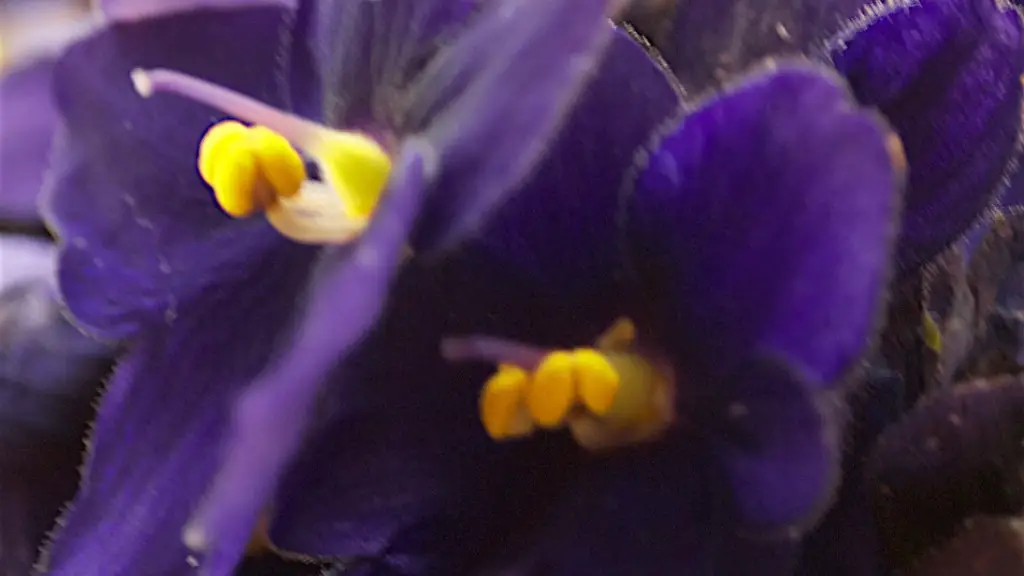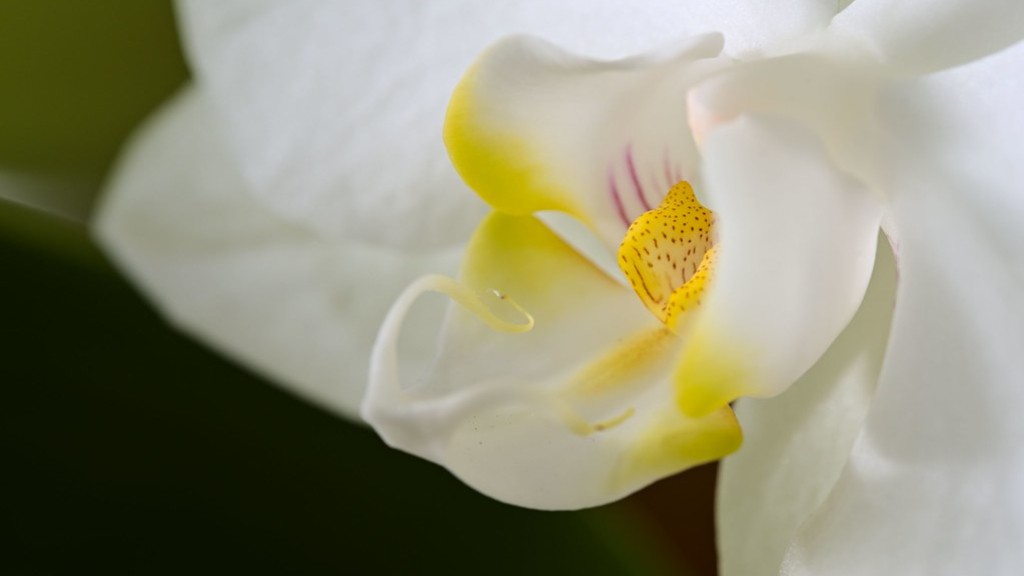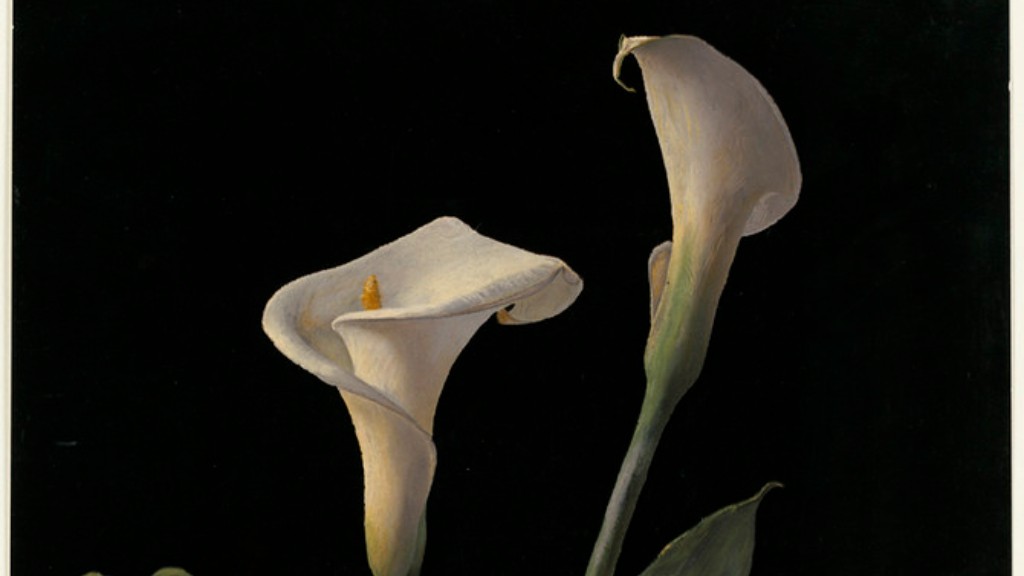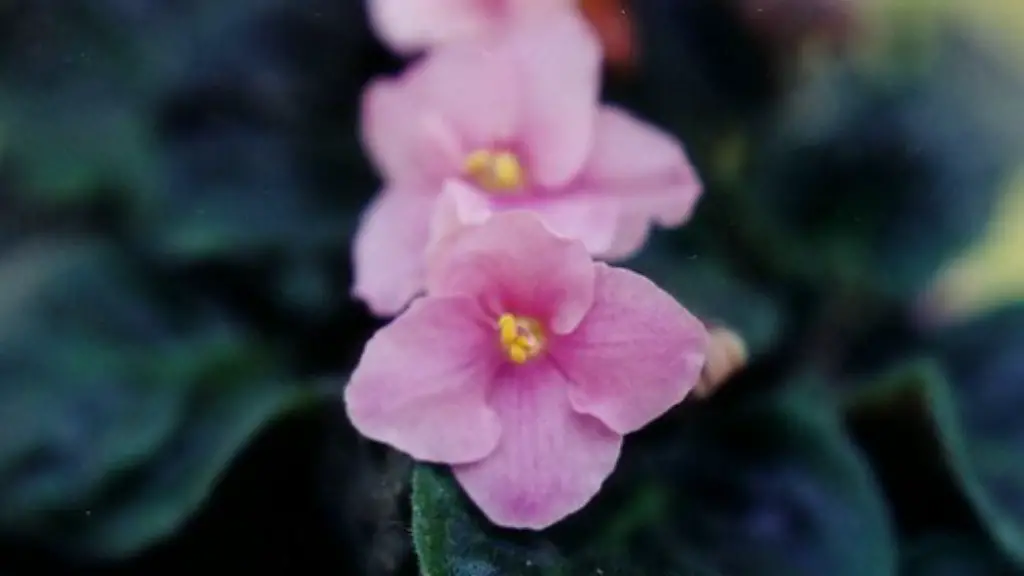African violets are a popular house plant known for their pretty, purple flowers. They are native to Africa and prefer humid, warm conditions. When grown indoors, African violets need bright, indirect light and moderate watering. African violets are salt-sensitive, so it is important to use distilled or rain water when watering them.
African violets need bright, indirect sunlight to thrive. They can tolerate some direct sun, but too much will scorch their leaves.
Where is the best place to put an African violet?
To get the best color and blooms from your plants, grow them in bright, indirect light. The best location for a plant stand is three feet away from a west- or south-facing window. Plants will still grow when they are situated next to north- or east-facing windows, but the leaves will be thin and spindly, and the plants less likely to bloom.
A wicking system is a great way to make sure your African violets are never over watered. The way it works is you place a wick in the pot with the plant and the other end in a container of water. The water will then be wicked up into the pot and the plant will have a steady supply of moisture.
Can African violets get too much sun
African violets need plenty of sunlight, but only indirect sunlight. If violets get more than this, they will begin to show signs of scorching on the leaves and flowers. In some cases, too much sunlight will turn variegated leaf varieties entirely green.
African violets are a type of plant that does well with indirect light. They will have fewer flowers and their leaves will be darker green if they do not have enough light. However, they can easily be grown under artificial lights.
Do African violets need bigger pots?
When it comes to African violets, the best way to keep them healthy is by slightly pot-binding them. This means choosing a pot that’s on the smaller side so that the roots have less space to spread out. By doing this, you’ll help your African violet to better absorb nutrients and moisture, which will keep it looking its best.
It is important to water African violets carefully, as they are susceptible to crown rot. Do not mist the foliage, as this can cause permanent leaf spotting. Use room-temperature water, and water the crown (the section of the plant at soil level) carefully to avoid saturation.
How do I keep my African violet blooming?
If you want to keep your houseplants healthy, it’s important to give them the right amount of sunlight. They prefer bright, indirect sun, and too little sunlight can cause them to stretch for the light and produce few or no flowers. Too much sun can burn the leaves, so an east-facing window is ideal, especially with a sheer curtain to block the sun’s harshest rays. They also need eight hours of darkness every night.
If you are unsure about the quality of your tap water, it is best to err on the side of caution and use filtered or distilled water for your African violets. Chlorine, chloramines, and dissolved solids can all adversely affect the health of your plants, so it is best to avoid them if possible.
How long do African violets live
African violets need to be repotted when they become rootbound, which is when the roots have filled the pot and begin to crowd each other. “If the plant is becoming rootbound, you’ll notice the leaves begin to yellow and the plant will stop blooming,” says McEnaney. He recommends repotting every two to three years.
African violets need water when the soil is almost dry. Usually you’ll need to water about once a week, but this depends on conditions like the temperature, the season, and the size of the African violet’s container. The best way to water African violets is by bottom watering.
How often should you feed African violets?
Your African Violet needs fertilizer to stay healthy throughout the year. During the spring and summer, you should fertilize your African Violets once every 14 days. In the fall and winter, you shouldn’t fertilize the plant at all to prevent over-fertilizing.
If you can barely see the shade of your hand over the Violet, then it is getting the correct amount of light. African violets need indirect sunlight, so make sure to place them near a window where they can receive plenty of light.
Is it best to water African violets from the bottom
It is important to keep the soil moist to encourage blooming, but allow the soil around the roots to dry out before watering. Water from the bottom with room temperature water by placing the plastic grower’s pot in water, and allowing the plant to absorb the water for no more than 30 minutes.
If you are wondering how to water your African violet plant, the best way to do it is from the bottom up. Place your plant in a shallow tray of water for 30 minutes, allowing the soil to soak up the water through the drainage holes at the bottom of the pot. This method will help to ensure that your plant gets the moisture it needs without being overwatered.
Do African violets need shallow pots?
African violet roots don’t go very deep, they like to go sideways, so use a shallow pot. Your pot must have suitable drainage holes so you can water from underneath.
African violets are known for their ability to bloom nearly year-round. If you are able to provide the correct conditions, expect your African violets to bloom 10-12 months each year. Each bloom lasts for about 2-3 weeks.
Warp Up
Six to eight hours of sunlight is ideal for african violets. However, they will also grow well in lower light levels.
African violets are known to be one of the most sun-sensitive plants. They need bright, indirect sunlight to thrive and bloom. If they are not getting enough sun, they will produce fewer flowers.





